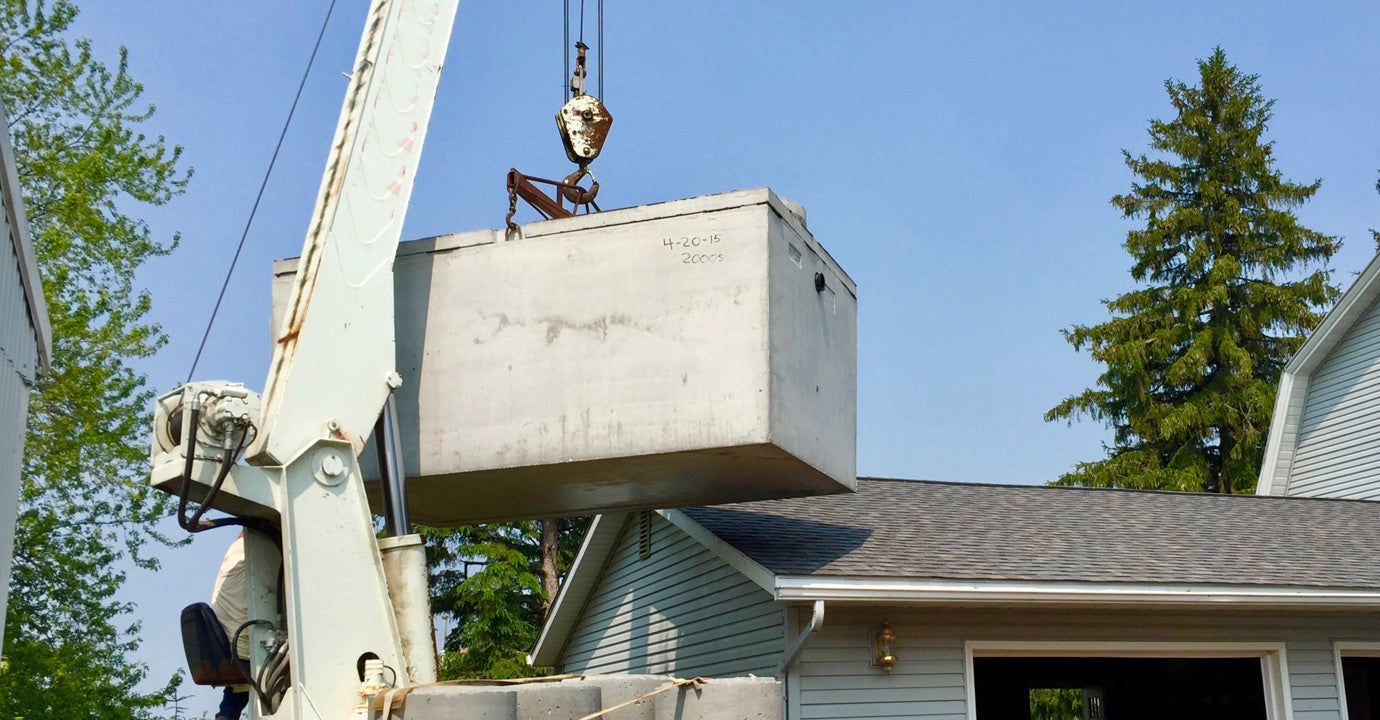Plastic vs Concrete Wastewater Treatment Systems: Compliance and Key Differences
This article outlines the advantages and disadvantages of plastic and concrete wastewater treatment systems. We also look at the EN Certification (EN12566) process, conducted by accredited organisations like PIA GmbH.
Certification and Compliance
All prefabricated on-site wastewater treatment systems must undergo EN12566 testing to receive CE marking, a requirement for selling these products in Europe.
The standard is divided into:
-
EN 12566-1: Prefabricated septic tanks
-
EN 12566-3: Prefabricated secondary wastewater treatment systems
-
EN 12566-7: Prefabricated tertiary wastewater treatment units
Each system is tested for stability, water resistance, and durability over 7-38 weeks. Upon completion, the product receives EN12566 certification, allowing it to be legally sold.
In Ireland, wastewater treatment systems must also comply with the EPA Code of Practice 2021, S.R. 66:2015, and Building Regulations Technical Guidance Document H. Buyers should verify that their system is certified by requesting documentation from suppliers or checking the PIA GmbH website.
Plastic vs Concrete Wastewater Treatment Systems
Both plastic and concrete systems effectively treat domestic and commercial wastewater but have distinct characteristics:
Plastic Systems
-
Made from durable polypropylene
-
Lightweight and easy to install
-
Lower transportation and installation costs
-
Ideal for tight spaces and hard-to-reach areas
-
Often made from 100% recycled materials
However, plastic systems require careful installation, especially in high water table areas. Backfilling with pea gravel is necessary to stabilise the tank.
In some cases, lean mix concrete backfill is recommended to secure the tank.
Concrete Systems
-
Made from precast concrete
-
Extremely durable and long-lasting
-
Heavy, leading to higher transportation and installation costs
-
Requires larger machinery for installation, which may impact site conditions
-
More expensive upfront, costing at least €1000 more than plastic alternatives (except for septic tanks)
Cost Considerations and Warranty
Plastic systems typically provide cost savings, especially for sites without a high water table. Additionally, plastic systems often come with a 15-year structural warranty, while concrete systems generally offer a 10-year warranty.
Which System is Best for You?
If your site has limited access, soft ground, or cost constraints, a plastic system is a great option. If weight and site conditions are not an issue, a concrete system is a solid, long-term investment.
Both options undergo the same rigorous testing to ensure efficiency and durability.
Ultimately, choosing between plastic and concrete comes down to site conditions, budget, and personal preference. Either choice can be an effective and compliant wastewater treatment solution for your project.
You can view the full list of EN12566 certified wastewater treatment systems in Ireland here.

